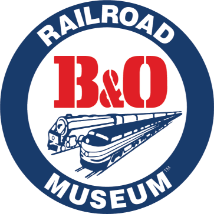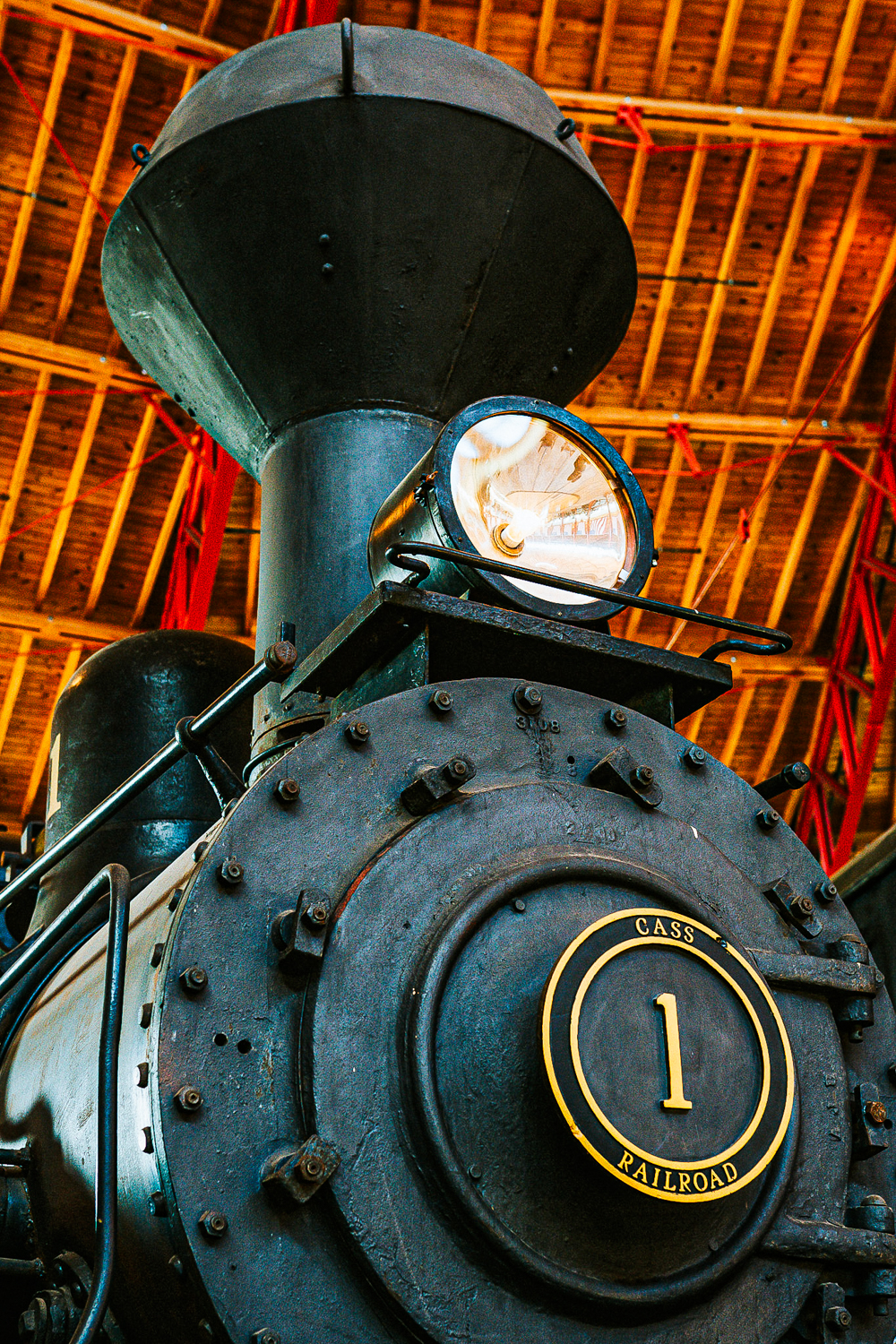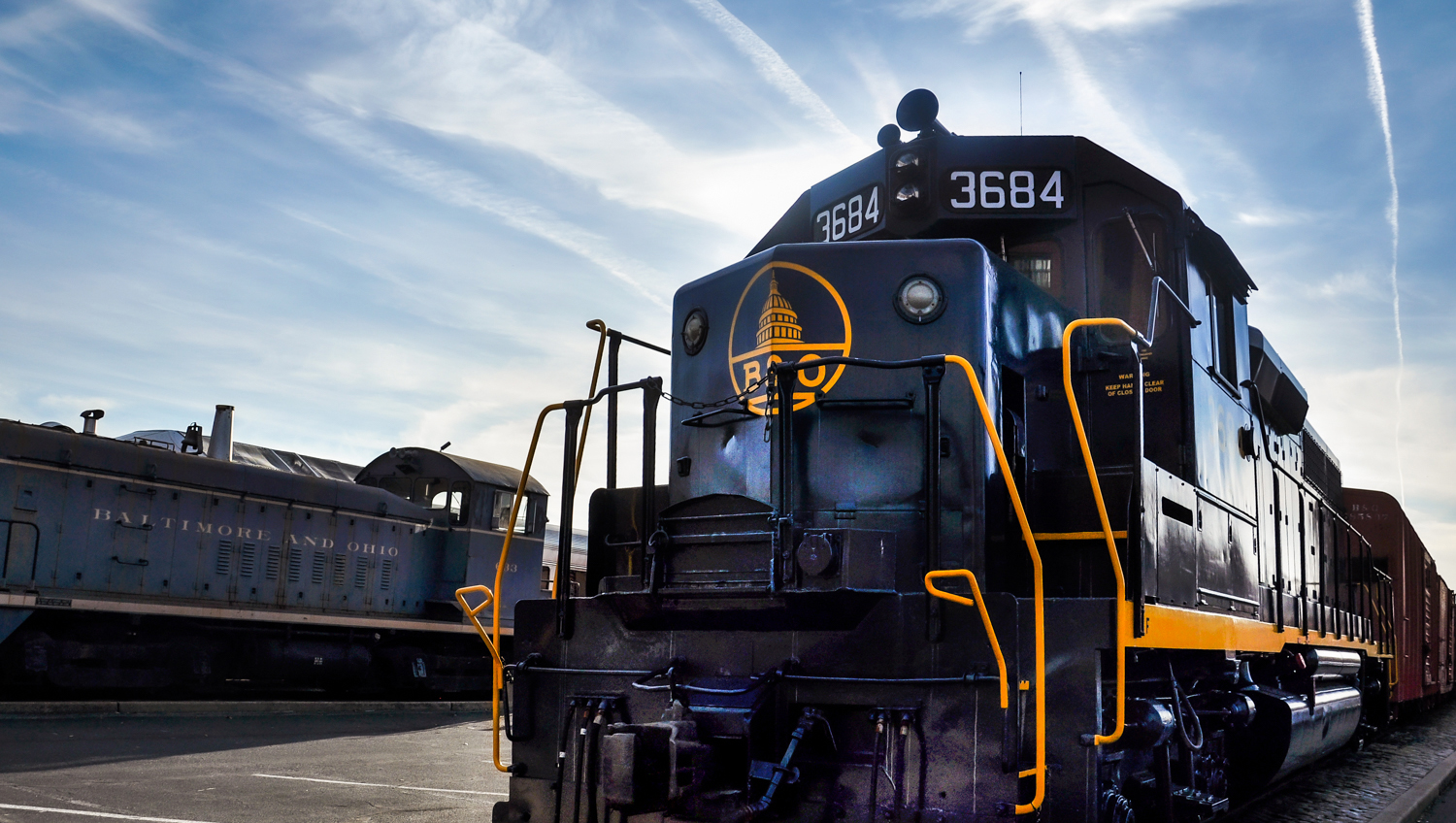Quick Facts
| Name | "Shay" |
|---|---|
| Manufacture Date | 1905 |
| Other Names | “Shay,” “Iron Mule” |
| Railroad Of Record | Greenbrier, Cheat and Elk Railroad; Cass Scenic Railroad |
| Manufacturer | Lima Locomotive Works |
| Rolling Stock Type | Steam Locomotive |
Description
Virtual Tour:
About the GC&E No. 1 “Shay”:
Lima Locomotive Works (formerly Lima Machine Works) was founded in Ohio in 1877 to produce sawmills and machinery for the bustling lumber industry. For centuries, lumbermen used mules and oxen to drag logs out of the forest. This would change c.1880, when the Lima company joined forces with Ephram Shay – an engineer and lumberman from Michigan – to produce a new type of locomotive designed specifically for logging.
Named the “Shay” after its inventor, the steam engine was built with a flexible geared wheelbase and a jointed driveshaft. These unique features allowed the locomotive to negotiate the sharp curves and uneven tracks of logging country. The engine was powerful enough to haul heavy freight trains over steep mountain ranges, but its speed was limited to a crawling 12 miles per hour.
The Shay’s asymmetrical design was incredibly popular among logging railroads. Lima produced 2,770 of the “Iron Mules” over the course of 65 years (a notable amount, considering how specialized they were). Four different classes were developed: the Class A with 2 cylinders and 2 trucks, the Class B with 3 cylinders and 2 trucks, the Class C with 3 cylinders and 3 trucks, and the Class D with 3 cylinders and 4 trucks. They came in a wide range of sizes, with the smallest weighing 6 tons and the largest weighing 162 tons. Not only did these engines help open the American timberlands, but it they also established Lima as one of the world’s largest producers of steam locomotives.
Built by Lima Locomotive Works in 1905, the GC&E No. 1 is a standard Class C Shay locomotive. The 70-ton engine began its life hauling logs for the G.W. Huntly Lumber Company of West Virginia. In 1915, the engine was acquired by the Greenbrier Cheat & Elk Railroad, renumbered as GC&E No. 1, and used to service the West Virginia Pulp & Paper Company. In 1942, after nearly 3 decades with the GC&E, the engine was acquired by the Mower Lumber Company of Cass, WV. It was repainted red and green shortly thereafter.
Mower sold the Shay to a local scrapyard in 1960. For the next two years, it moved from one yard to the next, narrowly avoiding destruction. In 1962, the engine was purchased by the state of West Virginia, renumbered as Cass No. 1, and placed into service Cass Scenic Railroad. The Cass No. 1 was used for leisure passenger services until its retirement in 1980. In 1981, the engine was acquired by the B&O Railroad Museum. Before arriving at the museum, the engine was repainted and numbered to match its 1915-1942 GC&E appearance.
There are only about 115 Shay locomotives still in existence. Lima Locomotive Works produced its last unit in 1945. Two years later, the company merged with the General Machinery Corporation of Hamilton, OH to form the Lima-Hamilton Corporation, a major producer of diesel-electric engines. Then, in 1951, Lima-Hamilton merged with Baldwin Locomotive Works to form the Baldwin-Lima-Hamilton Corporation. That organization eventually went bankrupt in 1972, leading to its acquisition by the Greyhound Company.
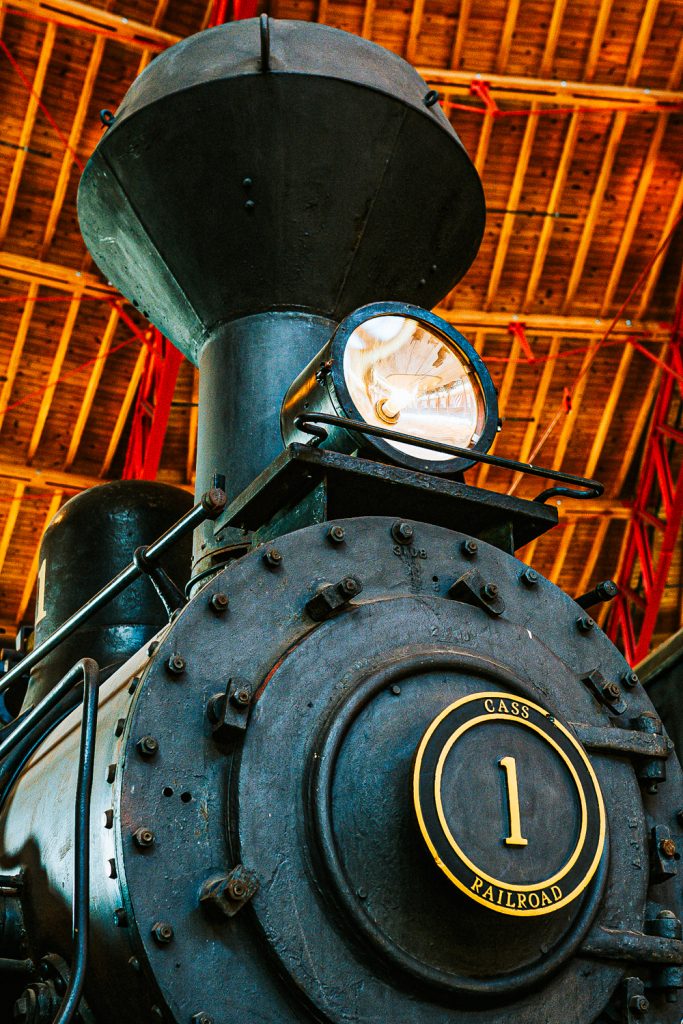
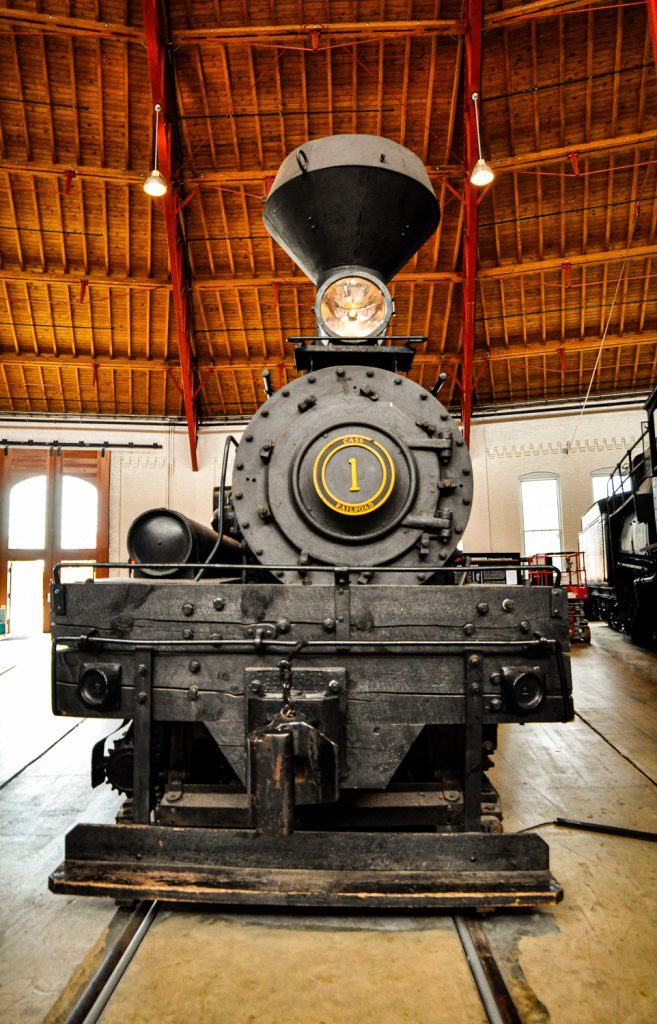
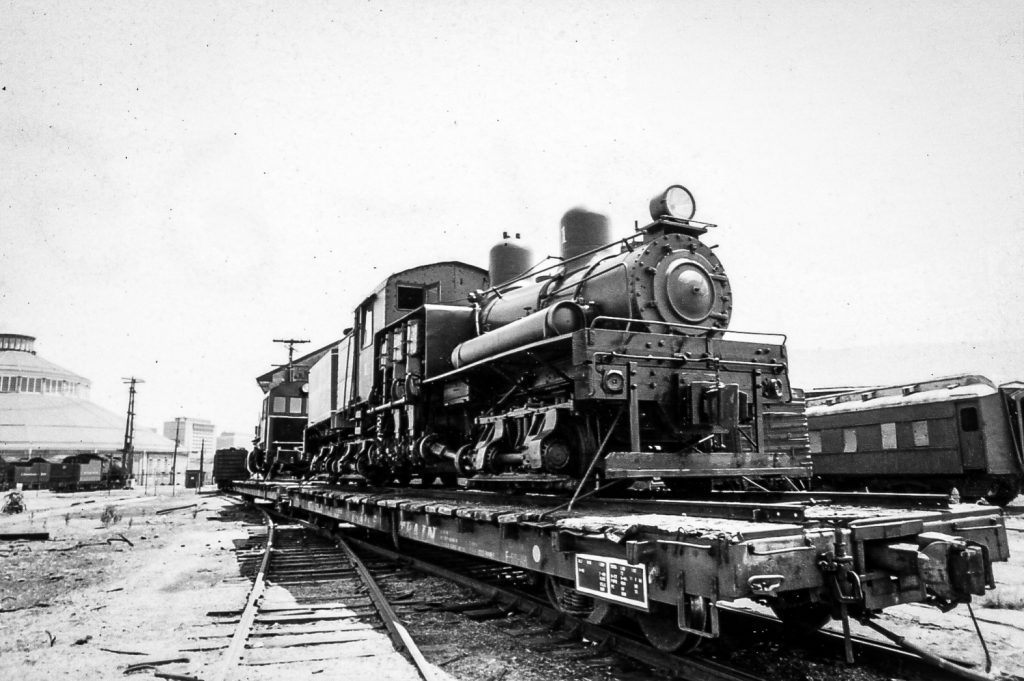
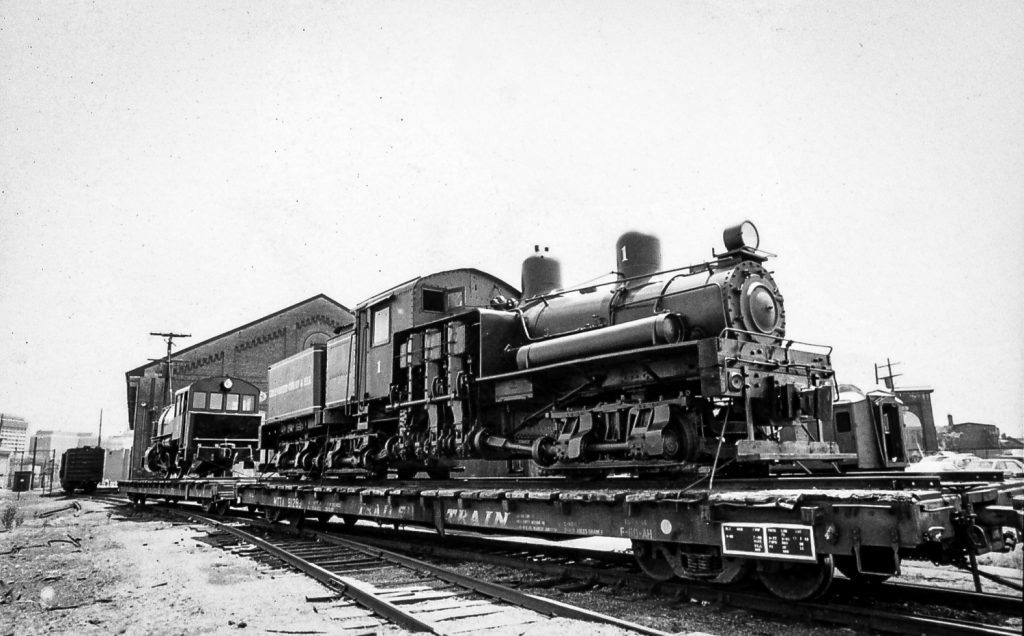
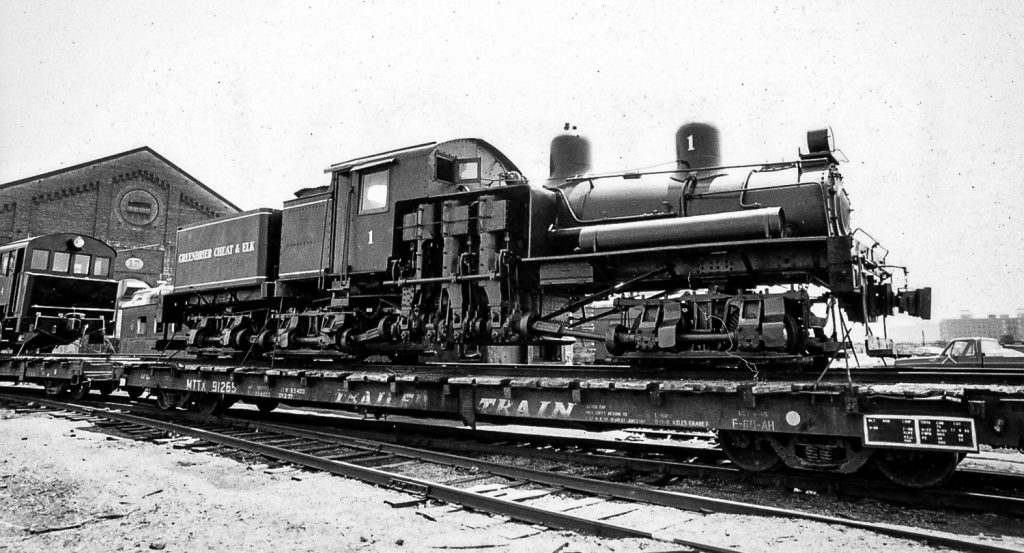
Can't Get Enough?
There’s even more to explore. Check out this and other unique pieces from our collection.

Did You Know?
Andrew Jackson, in 1833, rode on the B&O Railroad, becoming the first US president to ride a train.
